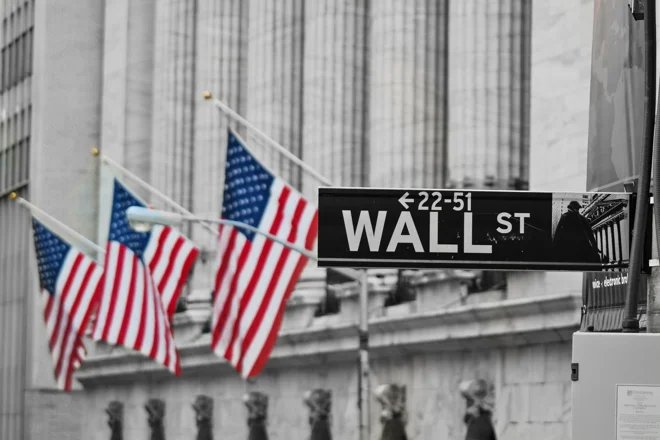Commodities
Has the gold rally lost steam?
Gold took a breather last week after nine straight weeks of gains. Prices slipped 2.8%, but that comes after a 35% surge since June. There wasn’t a clear trigger behind the move, which tells us that the fundamental outlook hasn’t changed. It’s most likely that investors are locked in profits. Valuations are high, so short-term caution makes sense. But the long-term case for gold hasn’t changed.
The big drivers are still there: lower interest rates, geopolitical uncertainty and demand for diversification. Those forces keep gold supported. While we could see bouts of volatility, we’re sticking with our overweight position in the absence of any shift in fundamentals. We went overweight gold in June – a position that has been a good contributor to performance.
China
The next five years will be about tech and consumer spending
China has set its priorities for the next five years, and the message is clear: technology comes first amidst geopolitical fragmentation. The 2026-30 plan outlined by Beijing will focus on strengthening domestic capabilities and innovation, with manufacturing and breakthroughs in critical technologies at the core.
President Xi Jinping wants progress in semiconductors, AI and the kind of talent that can link education, science and industry. Markets took notice, with the Shanghai Shenzhen 300 index rising 3.2%.
However, it’s not all about chips and factories. Policymakers also want households to spend more. Officials said that domestic demand remains a strategic priority as China’s consumption share of the overall economy is below the global average. We’re currently overweight emerging markets equities, with China accounting for about 30% of the index, while the information technology sector represents approximately 25%.
US & Europe
Solid corporate earnings
The earnings season is in full swing on both sides of the Atlantic. Big US banks initially set the tone with strong results almost across the board. Then came Tesla last week. Record sales, yes, but profits fell short. Netflix also disappointed analysts, though that was mostly due to a tax dispute in Brazil. The company is leaning on its content line-up to turn the page: the final season of Stranger Things and two live American football games on Christmas Day should help.
So far, higher tariffs haven’t dented growth that much. In the industrial sector, Eaton and Schneider Electric posted solid numbers. Luxury is holding up too: after LVMH’s strong quarter, Hermès reported good growth and a slight pick-up in China sales momentum.
Here’s the bigger picture: more than 80% of US companies have beaten earnings expectations, and over 70% surprised on growth. That’s why we’re overweight US equities. Europe looks more mixed by sector, but overall earnings growth remains solid. We’re overweight European equities, too.
This week
Trade meetings, central bank decisions and earnings reports
The presidents of the US and China will meet on Thursday to discuss trade relations after China put in place restrictions on rare earths and the US threatened retaliation. Our base case is that we’ll get a deal. Over the weekend, US and Chinese trade negotiators agreed a framework for the presidents to debate and possibly ratify. This framework envisages the US pausing the tariff threat, while China would delay its rate earths export controls while it reassesses this policy.
The reason why expects a deal is because of historical precedents, especially given the US mid-terms approaching and the need to support the economy. Trump’s first presidency suggests a pattern of escalation as a tactic of negotiation followed by de-escalation: in 2018-19, he escalated tariffs, then de-escalated ahead of the election season.
It’s a busy week for central banks. The US Federal Reserve (Fed) meets Wednesday and will likely cut rates to 3.75-4%, down from 4-4.25%. Inflation is still above target at 3%, but the Fed seems committed to easing. Together with slower employment growth, short-term risks like the government shutdown, trade friction and regional bank jitters support a rate cut.
On Thursday, the European Central Bank (ECB) and Bank of Japan (BoJ) make policy decisions, too. While the ECB will likely sit tight with its deposit rate at 2% (as inflation is around target), the Bank of Japan (BoJ) is the wild card. The new Prime Minister, Sanae Takaichi, is preparing a large stimulus package that could force the BoJ into raising rates as inflation stays above target.
And then there’s earnings season. Tech giants Alphabet, Apple, Amazon, Meta and Microsoft will dominate headlines. Still, investors should not overlook others such as UnitedHealth, Visa, Eli Lilly, and Chevron. Their numbers will tell us how the US economy is holding up under a prolonged shutdown. In Europe, UniCredit, Santander, Deutsche Bank, Universal Music Group, and TotalEnergies are opening their books too.





